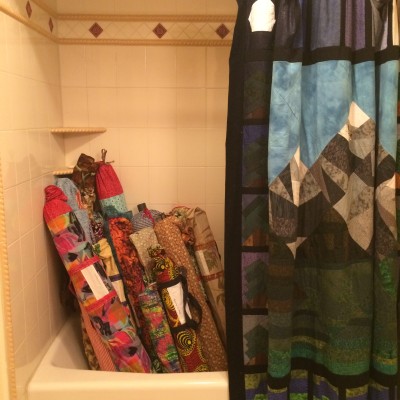
TQS guest Lea McComas recently moved into a home and thought she had found the perfect storage area for her quilts. It didn't quite work out that way. Find out what happened.

TQS guest Lea McComas recently moved into a home and thought she had found the perfect storage area for her quilts. It didn't quite work out that way. Find out what happened.
Sherry Rogers Harrison makes quilts that look like they are appliquéd, but they are not. She and her "deceiving" quilts joined Alex and Ricky on the set.
Star Members can watch Sherry in Show 1904: The Appearance of Applique when it debuts on August 14, 2016.
 |
In this first of three parts, Sharon shows you how to make a reference guide for the Rose of Sharon die from AccuQuilt.

It's hot. You want a treat. You want to stay on your diet. Here's the fun and tasty solution to that dilemma. I've written a basic recipe for you here, but there are a million variations, depending on what yogurt you start with, and what mix-ins you choose. I just write down the calories of each item as I add it in, total the calories, and then divide through by 6 or 8, depending on how I choose to cut the bars.
Here's a version I made with fresh peaches and frozen cherries!
The Quilt Roadies are on the road again! Seeking out new places to RV camp, quilt shops to visit, and designers to meet. Be sure to subscribe to our channel...no cost, it just gives you a heads up when we post a new video. During this trip I will also be blogging away on www.wooliemammoth.blogspot.com. Oh...and before I forget...the winners of the Crabapple Hill Root Beer patterns are Cathryn who said, "I have done coloring before and I have several of the Crabapple Hill patterns to do. I love root beer floats! and I've been eying that pattern." and barbdan who said, "I love doing Crabapple Hill patterns. I have done several large quilt size patterns. I think I should get some smaller pillow patterns. I would love to win the root beer float pattern. Root beer floats are among my favorite summer treats." Send your mailing address to wooliemammoth1@gmail.com.
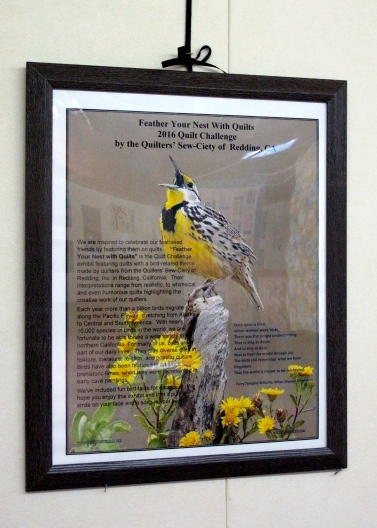
In the dictionary the word "group" has got to include quilters! It seems that even if you live way out in Timbuktu you can still be part of a quilt group on the Internet. Being part of a quilting/stitching group takes us back in history to the foundation of quilting bees. They provide an opportunity to connect, to share and to inspire. I am grateful to the many women I quilt with (both in person & on the internet) who support me during heart ache...push me during my lazy times...inspire me to be courageous with a needle and thread and bring laughter to my life. And so today I share with you one such group out of Redding California. The Quilter's Sew-Ciety of Redding has raised the bar when it comes to group quilt challenges and you can see their previous challenges by clicking on http://www.quilterssewciety.org/challenges.html Their latest challenge on display at QuiltWorks in Bend, Oregon is called Feather Your Nest with Quilts and I know you are going to enjoy the slideshow. The quilts are as varied as the quilters themselves!
 |
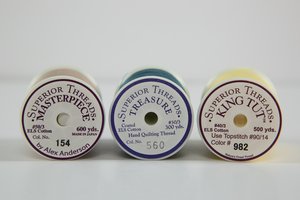
Thread labels tell a lot about the quality and reliability of the product. Some of the words you might find on a label include: Thickness, Ply, Mercerized, Glazed, Gassed, and Staple. In this informative article, Superior Threads defines each word and even though not all information will be listed on label, this will help you determine if you are getting all that you want, need, and hope for.
C&T Publishing spoke with Victoria Findlay Wolfe to find out what she's been up to and what's happening in her future. One thing we know for sure is that she'll be at our tapings in August...stay tuned.
Star Members can watch Victoria in Show 1404 - Jump Start Your Creativity with 15 Minutes of Daily "Play."
(photo: Gregory Case)
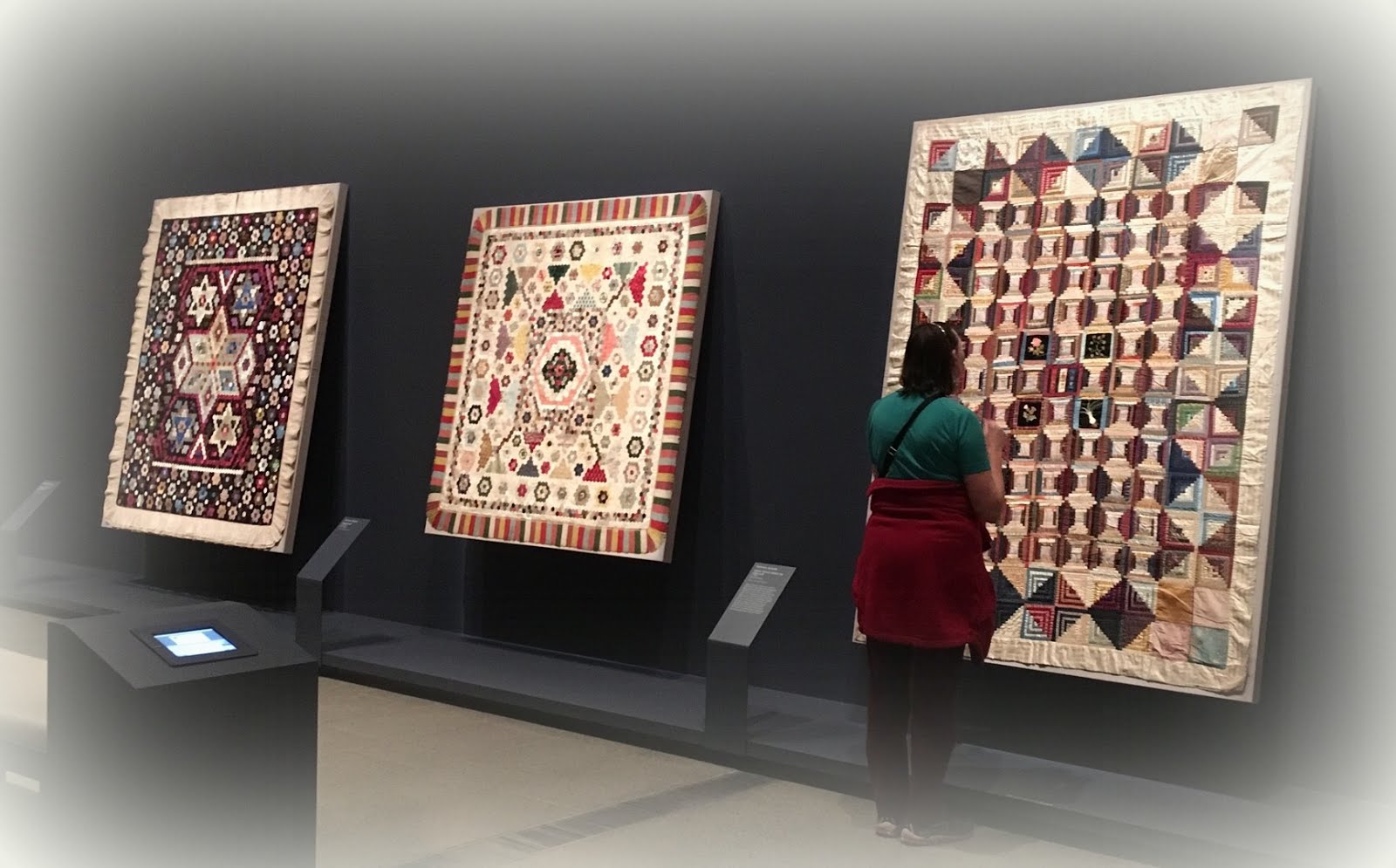

"I can't see what I am working on!" Does this sound familiar? When most of us were young it was easy to thread a needle, almost without looking. But as the years go by, seeing those tiny needle holes, much less words on a pattern page, becomes increasingly more difficult. During youth the lens behind the eye works hard to focus. With age, the lens loses elasticity, resulting in not being able to see items up close as easily. Remember how you laughed at your parents when they held the paper at arms length to read it? Ha! Well the joke is now on you.
With age, even healthy eyes experience what is called Presbyopia when it comes to reading things up close.

People don't want to admit that they are getting older, which can also touch on our vanity. Glasses are what old people wear, right? Well, not necessarily. You can buy cheater glasses that will work for a while, but sooner or later a trip to the ophthalmologist will be needed. Quilting requires a lot of detailed and precise work, so while addressing your eyesight (or lack thereof), keep in mind that good lighting in your work space can also make a HUGE difference.
Good lighting for a quilter means that:
If your creative space does not include wonderful natural lighting, there are a wide variety of ways to achieve optimum light. Before we show you what we have found, let's determine what you actually need in a creative quilting space when it comes to lighting. Professional organizer Lois Haddock suggests that:
Each point of the quilter’s work triangle (cutting, sewing, pressing) needs its own task lighting, with the cutting table needing the most light. Clamp-on desk lamps with adjustable, articulating arms allow you to move the light around depending on the current task. Your lamp should be able to reach any point on your table. A floor lamp with articulation also works for many tasks.
(Don’t have a budget for articulated lamps? Take the “use what you have” approach and repurpose lamps from other locations in your home.)
--excerpt from Creating Your Perfect Quilting Space
We also think that your design wall should be included when it comes to task lighting, so don't forget this in your equation.
Did you know that the type of light you select makes a difference? Incandescent gives off a yellow light, which might distort colors. Halogen gives off a lot of heat and can damage textiles. LED lights can be expensive. Incandescent, Halogen, LED...what the heck do these words mean anyway? Unlock the mystery and learn more about the type of lights that are available, to determine what works best for you here.
Lighting options:
Natural light is the best. Skylights are a great option if the studio is in an area where they can be installed, such as an attic space, as in the image below.
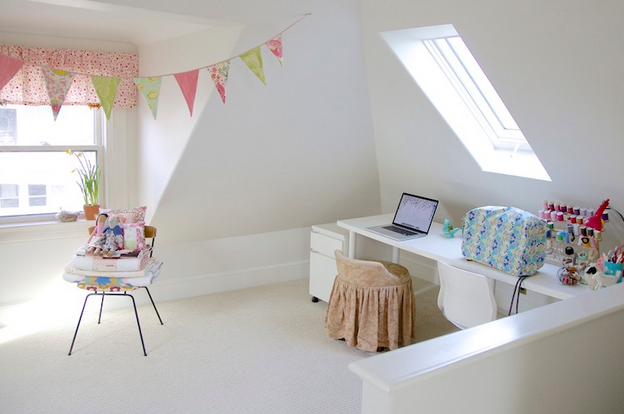
Maybe your studio is not in an attic area or near a window with natural light, such as an interior room. Consider adding a solar tube. Solar tubes have come a long way in the last twenty years. Gone are the days of water leakage and receptacles of flying leaves. Tubes capture the sun's daytime rays and direct them into a designated space (such as an interior room or hallway) for free, so you save on electricity. UV filters mean that your valuable textiles won't be damaged. With a variety of sizes and styles, and installation requiring less than a few hours, you could be sewing happily away the same day.
If a tube is not an option, here are some tips from Quilting Assistant as what to look for when comparing light for your quilting space:
Quilting lights, on the other hand, seek to more closely mimic natural lighting. Outdoor lighting contains a wider range of the color spectrum. As a result, the light is white rather than yellowish. White light allows the human eye to see true colors and fine detail more easily. The eye can focus on objects over longer periods of time without discomfort.
When you compare quilting lights, before considering any other features, first confirm the presence of white light. Lighting manufacturers use a variety of technologies to create a source of white light, and choosing between them is a matter of personal preference. As long as a light source generates "natural light," "white light" or "outdoor lighting," quilters can be assured of the best environment for their eyes.
Now let's look at some of the creative ideas we found for lighting a studio or workspace.
Options for Clean and Clutter free:
1.
2.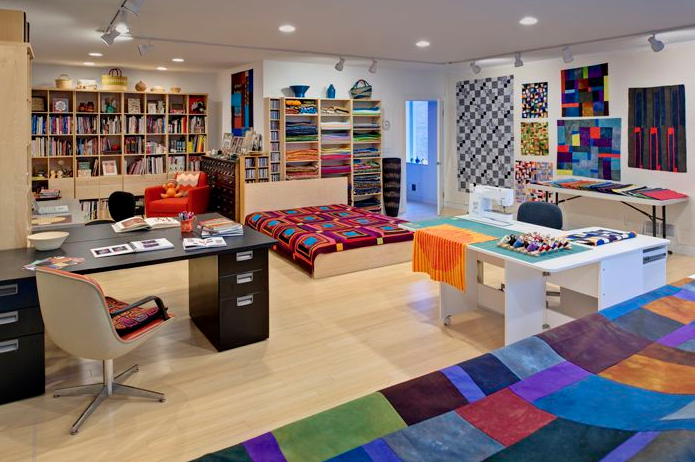
3.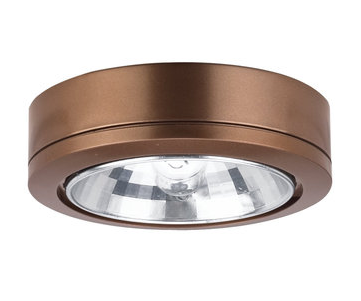
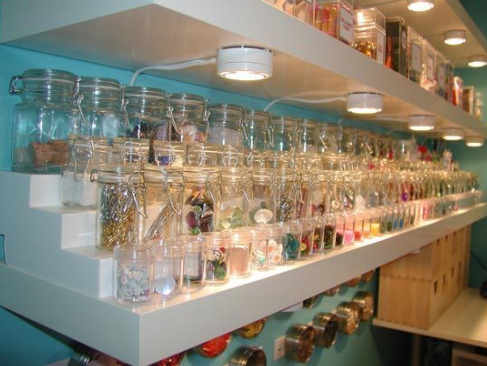
4.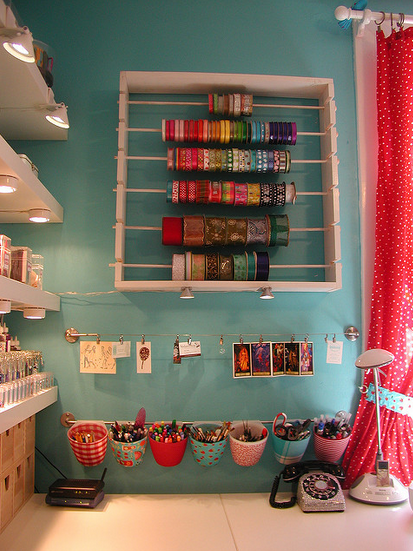
5.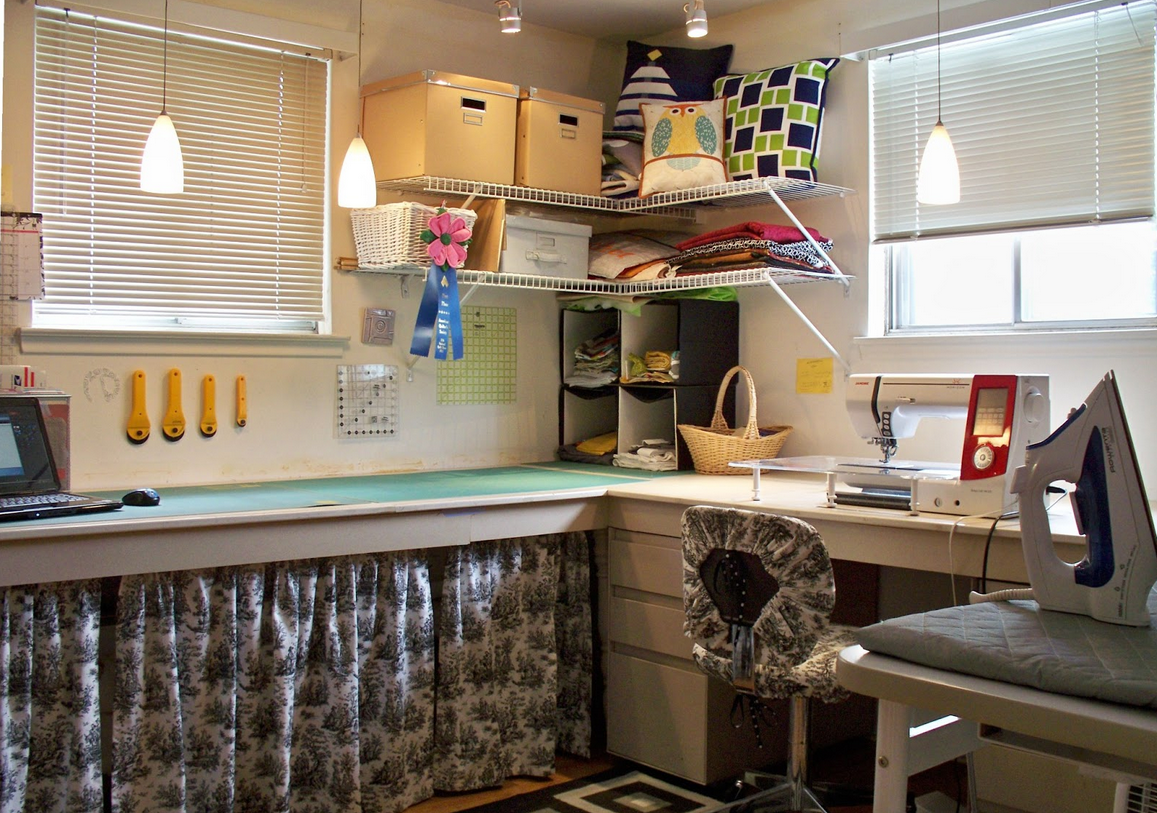
6. 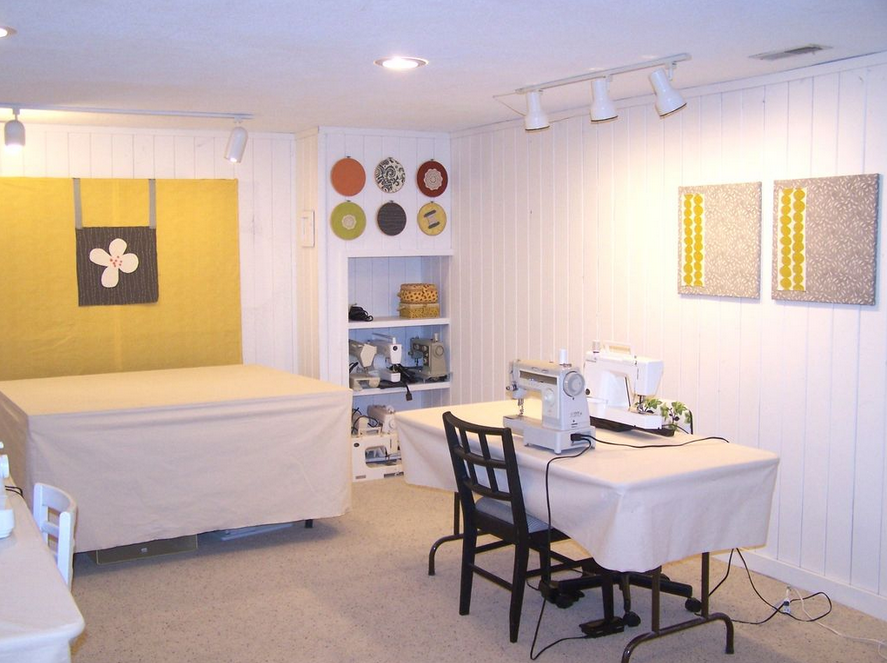
7. 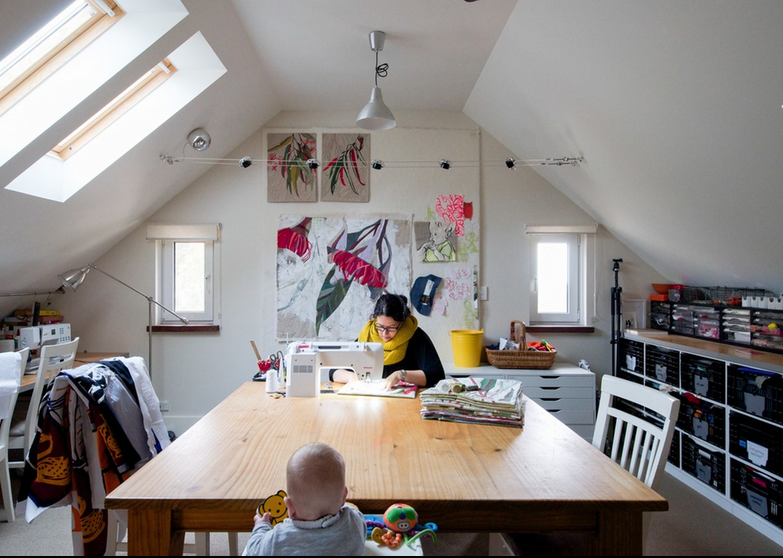
Options for Visual Inspiration and Admiration:
1.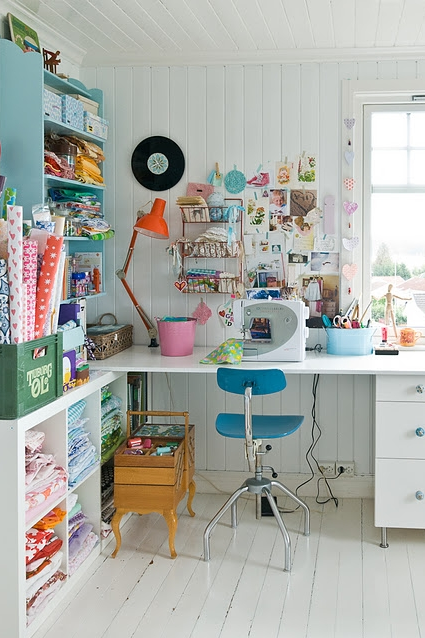
2.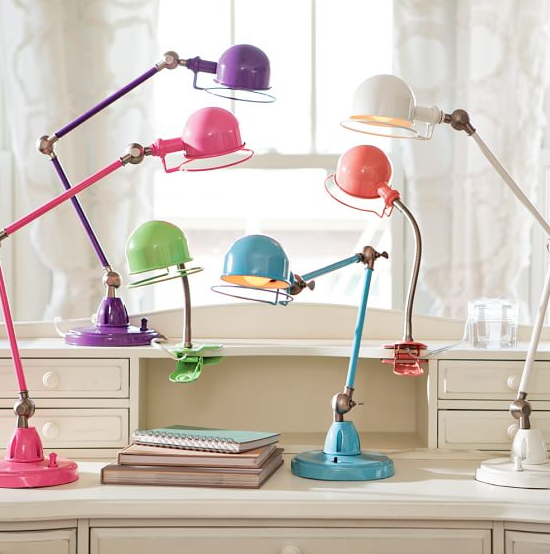
3.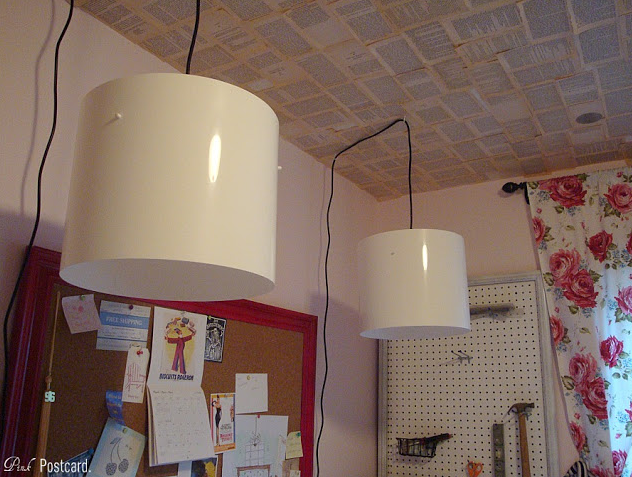
4.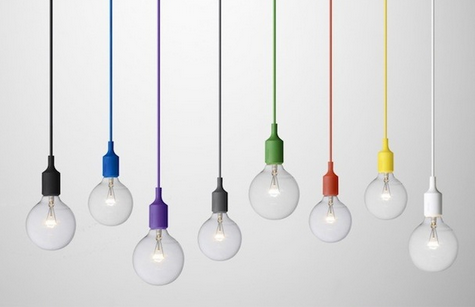
5.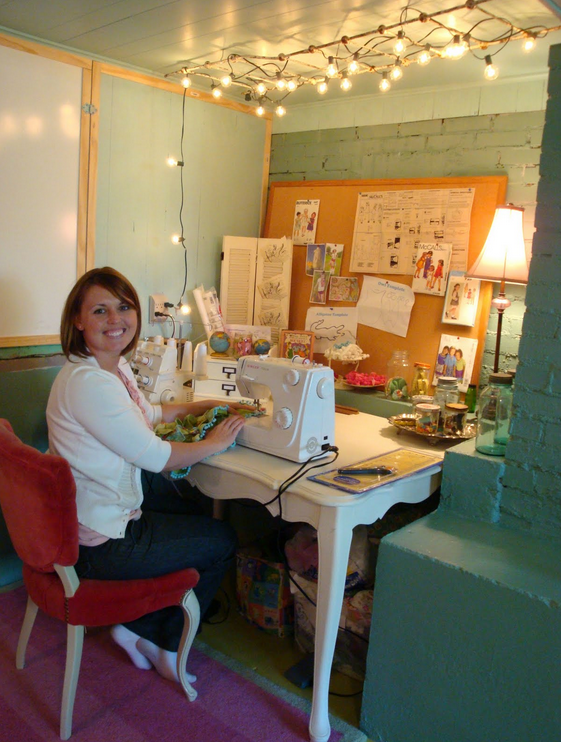
6.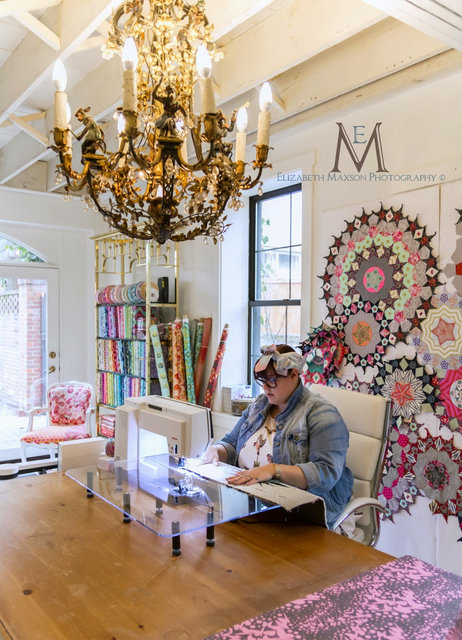 s
s
More Task lighting Options:
Do you enjoy working while watching TV or in a comfortable chair? Check out these clever options that give you a great source of light right where you need it.
1.
2.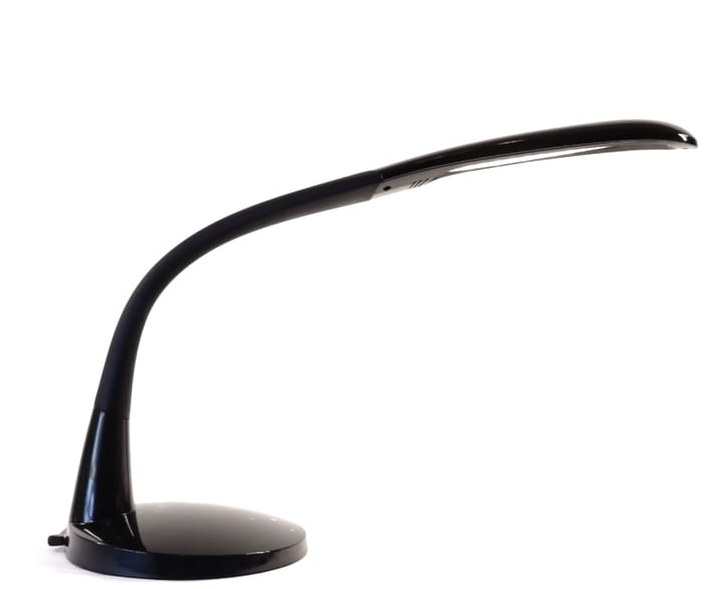

3. 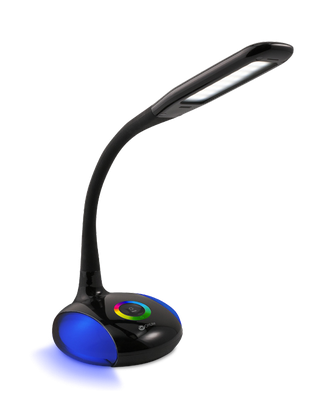

4.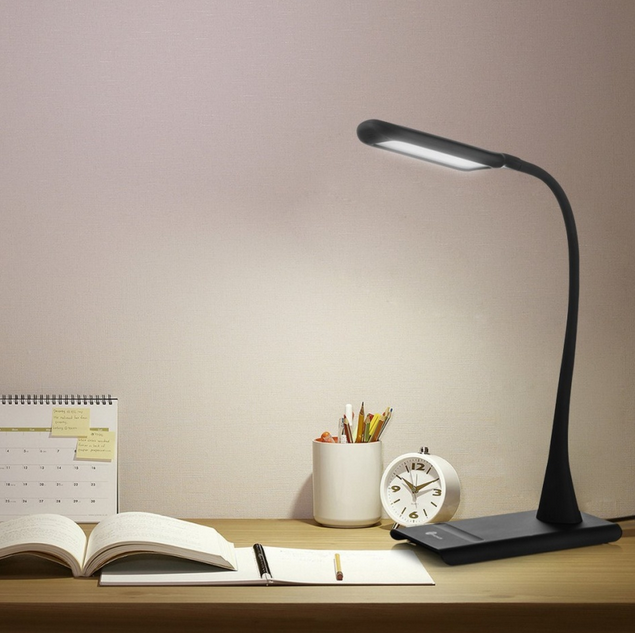
5.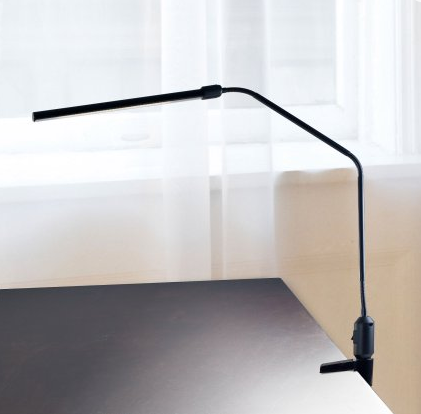
And, just because we loved this idea. For those times when you're smoking hot! Add a fan at ceiling height. AbbeyHetheringtonInteriors
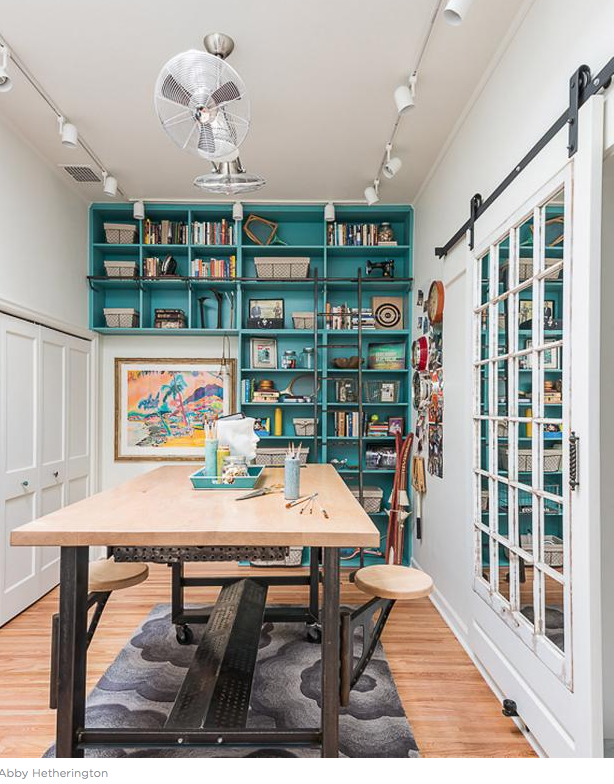
Just joined our year of organizing? Click here for other TQS Organization blogs.
On August 27, 2016, from 6:00 to 10:00 p.m., The San Jose Museum of Quilts & Textiles will hold its major fundraising event of the year, Tying the Knot. It's a celebration that includes art, music, and a silent auction, to highlight the exhibition "Wedding Dress: Yesterday, Today and Tomorrow."
It will be a festive night under the stars, as they open up 1st Street and the adjacent park, Parque de los Pobladores, to what will be the gala of the Summer. Listen to harpist and flute duo, Wind in the Strings, dance to music by Party Pump DJ, view Folklorico Dancers from Fuego Nuevo of San Jose, bid on local artist’s work and nearby attractions in the silent auction and capture the evening with The Wong Photo Booth.
The museum’s exhibition will be open throughout the night. Members of San Jose Museum of Quilts & Textiles can purchase their tickets online. The member ticket price is $50 in advance and $60 the day of the event. Non-member tickets for the fundraiser are $60 in advance and $70 the day of the event. They are offering a package deal right now. Order 4 tickets at either level for the price of 3!
Click here to purchase your TICKETS.
From the Museum:
July 8, 2016- October 2, 2016
Borrowing from local cultural organizations collectors, designers and History of San Jose, this show will illuminate the evolution of the wedding dress, ethnic similarities and differences, and explore new questions raised by the legalization of same-sex marriage. Included in the collection will be a colorful 17' Moroccan wedding belt, a dress worn by Josie Eldridge Crump in 1895 and a DIY dress designed around a bride's tattoos. Traditions are clearly no longer limited to something borrowed and something blue. The exhibition is guest curated by Kate Eilertsen who says, " Whether it is a traditional kimono, red sari or satin Flapper era dress, the wedding dress reveals much about the traditions and history of communities around the world."
Take a look behind the scenes to see some of the preparation required for this fabulous exhibit.
And that dress designed around tattoos...you'll have to visit the exhibit and see for yourself.
 |